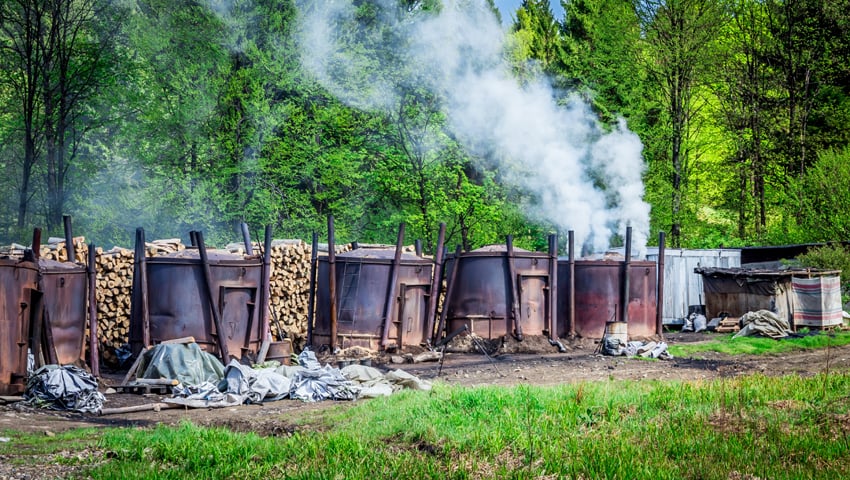In March 2024, the International Biochar Initiative (IBI) and the US Biochar Initiative (USBI) jointly published the 2023 Global Biochar Market Report, presenting comprehensive analyses of the global biochar industry’s status, growth, and challenges.
According to the report, based on a survey of biochar producers worldwide, North America leads in total production volume, followed by Europe, Asia, South America, Africa, and Oceania. The report states that global biochar production reached at least 352,304 metric tonnes in 2023, which equates to 650,000 metric tonnes of carbon dioxide removal (CDR), assuming an average of 1.9 metric tonnes of CO2 removed per metric ton of biochar.
Carbon credits as a revenue stream
CDR.fyi tracks the tonnage of carbon credits sold and delivered instead of what is produced. For clarity, some of that production is sold and not claimed as carbon credits. Their data shows 107,000 tonnes of biochar credits delivered in 2023.
More than half of the surveyed producers, representing over 50% of reported global production, do not generate income from carbon credits. CDR.fyi says that the report offers two potential explanations:
First, it can be hard for small-scale producers to access carbon removal credits due to the associated costs of certifying their biochar production.
Second, the biochar industry existed before carbon removal credits became a potential source of revenue for biochar producers. Pre-existing biochar producers could face a barrier in certifying their credits since what they are producing is not additional if credit income is not needed.
As a result, 52% of producers do not certify their physical biochar CDR, which is required to generate carbon credit. The IBI/USBI report points out that these companies can sell insetting to companies in their value chain (e.g., feedstock providers), though there is less visibility into these transactions.
Biochar revenue streams by geographic region
The report reveals a bimodal distribution: most producers in North America and Europe do not generate income from carbon credits or depend significantly on carbon credits as a source of revenue. Conversely, new facilities in Africa and South America often rely entirely on credit income.
Consequently, says CDR.fyi, the Global South is emerging as a key source of growth in biochar carbon credits due to their lower overall production costs and their lack of reliance on the legacy revenue streams of their North American and European counterparts. This business model is often unavailable to previously producing North American and European producers because it does not meet the standard of additionality. As such, the sales of physical biochar account for most of their income.
Although the carbon removal market is a potential avenue to drive catalytic funding toward biochar projects, it remains difficult to access for established producers or a significant enough departure from their existing business model to represent too much of a risk to switch entirely. For these producers, business models combining both income streams are more likely to be successful in the long run.
